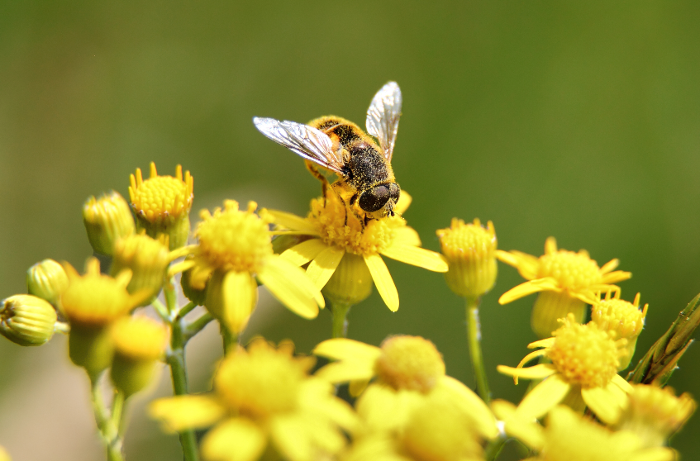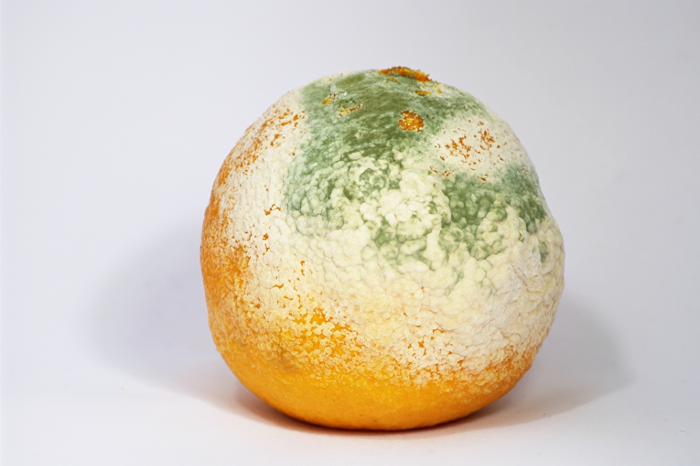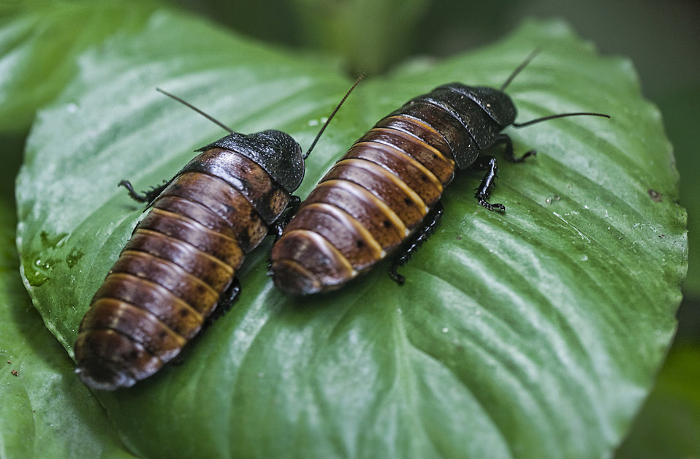How To Fight Allergy And Asthma At Home

If you are one of the millions of people who suffer from allergies, you need to control allergy triggers or allergens. There’s a lot you can do to make your home more comfortable.
Avoid Dust, Dander, and Pollen
You should avoid dust, dander, and pollen as they are known allergy and asthma irritants.
Dust mites (really, their droppings) are the most common trigger of allergy and asthma symptoms. These tiny insects live in the dust particles that naturally collect in our homes. Pet – and human – dander (skin cells) and pollen, of course, also are common culprits that trigger allergy and asthma symptoms. The key is to have as few places as possible for particles to collect and to keep these places clean.
- Keep windows closed and use air conditioning. Don’t use fans, which stir up dust. Also, keep the house dry.
- Replace wall-to-wall carpet, if possible. Carpeting traps dust. Flooring like hardwood, tile, and linoleum is better. Use small rugs that can be cleaned easily. If replacing carpet isn’t feasible, vacuum it at least weekly. Use a vacuum with double bags or a HEPA (high-efficiency particulate) filter.
- Cover mattresses, box springs, and pillows with plastic cases or special allergen-proof fabric covers.
- Avoid down pillows or comforters.
- Avoid upholstered furniture, which can trap allergens; try to use only wood, plastic, leather, or vinyl furniture that can be wiped clean.
- Replace dust-collecting blinds and long drapes with window shades or washable curtains.
- Wear a mask and gloves when cleaning and vacuuming.
- If you have pets (of course, it’s better for you not to have pets if you have allergies or asthma), keep them out of the bedroom, because that’s where we spend much of our time. Bathe your pets regularly, and try to keep them off upholstered furniture.
Prevent Mold

Keeping your house dry helps in preventing mold.
Household molds can trigger allergy symptoms in allergy sufferers. So, avoiding mold can help you avoid asthma, congestion, and other allergy-related symptoms. And the best way to avoid mold is to avoid moisture. Here are tips:
- Keep the house dry.
- Don’t leave wet clothes in the washing machine, where mold can quickly grow.
- Wash shower curtains and bathroom tiles with mold-killing products.
- Don't have too many indoor plants — especially in the bedroom. Mold can grow in plant soil.
- Fix any leaks or seepage at home, indoors and out.
- Put plastic over dirt in crawlspaces and keep them well-ventilated.
- Use exhaust fans in the kitchen and bathroom.
- Turn off humidifiers if you see condensation on windows.
- Use dehumidifiers and air conditioners in basements and other areas of the house where mold tends to grow, especially in hot humid climates.
- Clean dehumidifiers and humidifiers every week.
- On concrete floors, remove carpet and use area rugs that can be lifted and washed, or install a vapor barrier over the concrete.
Control Cockroaches

The protein contained in cockroach droppings is serious asthma and allergy trigger.
Cockroach droppings contain a protein that is a primary asthma trigger. Cockroaches need water to survive and they thrive on what you leave behind. So, they'll be less likely to be a problem in a clean, dry house. Fix leaks, keep food in containers, don’t leave out dirty dishes, clean the kitchen thoroughly after meals, including under appliances, and take out the garbage regularly. Also, block any openings through which cockroaches could enter from outside, including windows, wall cracks, and floor gaps.
Acknowledgements:
- “Mouldy Clementine” by NotFromUtrecht is licensed under CC BY-SA 3.0
- “Cockroaches” by Liz West is licensed under CC BY 2.0
- “Bee Collecting pollen” by Arturo Mann is licensed under CC BY-SA 3.0
Check more articles on our blog

Allergy Cleaning Tips To Keep Your Symptoms At Bay

4 Healthy Snacks Which Can Stop Your Junk Food Cravings

The Hidden Dangers of Dust Mites: Identification, Prevention, and Eradication
